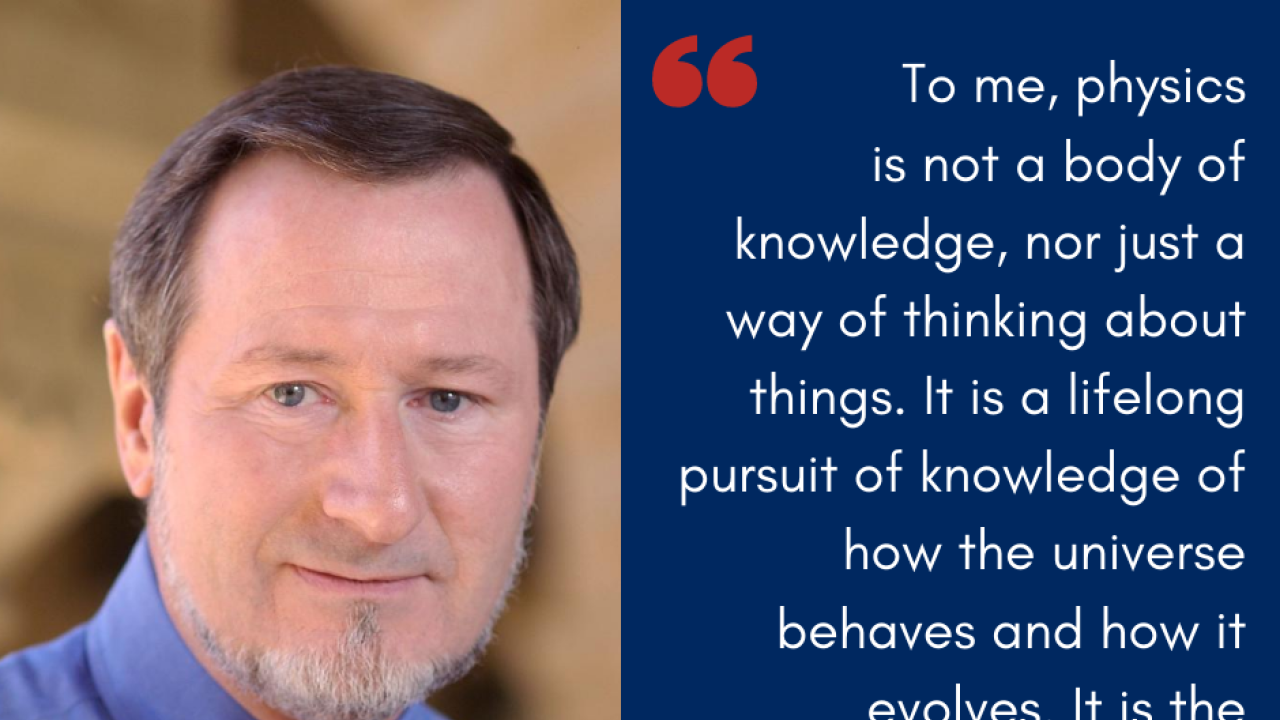
Why be a scientist? Nearly every scientist has a different answer and a different inspiration, drawn from varied careers, outlooks, and experiences. For its 40th anniversary in 2004, ICTP published the book One Hundred Reasons to be a Scientist, a collection of 100 essays from many eminent physicists and mathematicians with a connection to ICTP. The book is a source of many insights from the lives and careers of scientists, including Mildred Dresselhaus, Freeman Dyson, Vera Rubin, and Francis K.A. Allotey. The authors discuss what led them to study science, the difficulties they encountered and overcame, and their passions and hopes for the future.
We have been revising for the past five months twenty of these stories, highlighting one of them every week, sharing inspirations from the essays and showcasing the words of these great scientists. During the uncertainty of the current global pandemic, the words have hopefully helped researchers feel less alone in their scientific path.
We are presenting this week the last story of this series, that of Douglas Dean Osheroff, an American physicist who is best-known for his work in experimental condensed matter physics. He shared the 1996 Nobel Prize in Physics along with David Lee and Robert C. Richardson “for their discovery of superfluidity in helium-3." Osheroff is currently the J. G. Jackson and C. J. Wood Professor of Physics, Emeritus, at Stanford University.
After graduating from Caltech, where he had the chance to meet and work with great scientists such as Richard Feynman and Gerry Neugebauer, Osheroff joined the Laboratory of Atomic and Solid State Physics at Cornell University, where he started doing research in low-temperature physics. He is very passionate about photography, and even teaches a seminar to young students at Stanford titled "Technical Aspects of Photography". He is also often involved in science outreach and has participated in several science festivals and events for the public.
In his essay, Osheroff tells how his interest in science grew and developed during his life: from the first time he disassembled his electric toy train at the age of six to see how the motor worked, to his school days when he was introduced to chemistry and to the excitement of experimentation, to his encounter with solid state physics at Cornell University. You can read it here.
If you want to learn more about Douglas Osheroff and his research, here you can watch his public lecture titled "How Advances in Science are Made", given at the University of Texas at El Paso (UTEP) in 2010. Here you can also watch him being interviewed in the occasion of the meeting of Nobel Laureates in 2004, talking about his life and career.
If you are interested in learning about 99 more scientists and what inspired them, you can find the whole book in electronic format for free download on ICTP’s Marie Curie Library website, in English, Italian and Urdu.
Previous stories:
- Abdus Salam
- Mildred Dresselhaus
- Francis K.A. Allotey
- Yōichirō Nambu
- Helen Quinn
- Gerardus 't Hooft
- Roddam Narasimha
- Mariana Weissmann
- Paul M. Nurse
- Maxine F. Singer
- Michael F. Atiyah
- Vera C. Rubin
- Freeman J. Dyson
- Ahmed H. Zewail
- Myriam P. Sarachik
- Steven Weinberg
- Susan Solomon
- Daniel C. Tsui
- Susan A. Greenfield
















